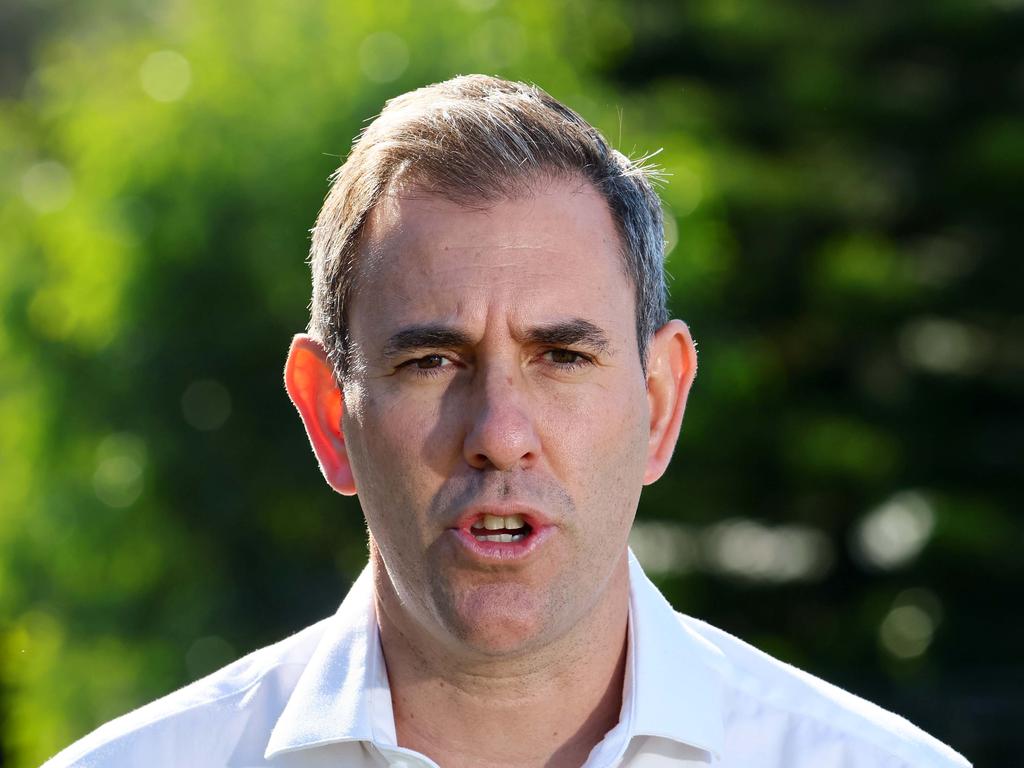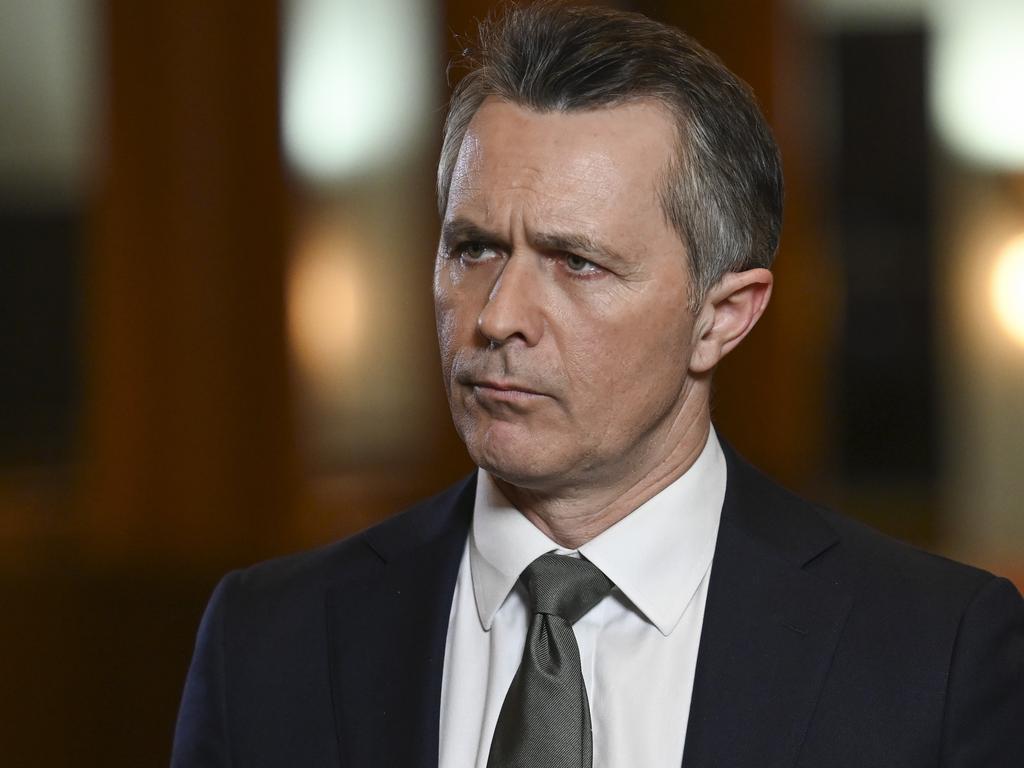Unemployment drops to 4pc as RBA rates decision looms
Australia’s jobs market is comfortably absorbing the boom in new migrants, as the unemployment rate ticked down to 4 per cent in May despite a stalling economy.

Australia’s jobs market is comfortably absorbing the boom in new migrants, as the unemployment rate ticked down to 4 per cent in May despite a stalling economy.
Nearly 40,000 jobs were created last month, new figures from the Australian Bureau of Statistics showed, maintaining the solid momentum in employment growth this year.
Economists said the latest data showed the labour market remained tight, but were roughly as expected and would not be enough to sway the Reserve Bank board from holding rates at 4.35 per cent next Tuesday.
Jobs growth was entirely thanks to a 41,700 lift in full-time employment, offset by a 2100 drop in part-time jobs, the seasonally adjusted figures showed.
Anthony Albanese on Thursday boasted that his government had now overseen the creation of nearly 880,000 jobs since being elected in May 2022, even as wages growth has pushed higher. The ABS numbers showed strong employment growth had helped keep a near record share of working-age Australians in jobs at 64.1 per cent.
Despite the enviable record of jobs creation, soaring inflation has left the average Australian with lower living standards than two years ago.
Real net national disposable income per capita – which Treasury has identified as “more closely related to the average lived experience and prosperity of Australians” than other commonly cited GDP measures – was $70,500 in the year to March, down on $71,100 in the year to March 2022, according to the ABS.
The RBA in its February outlook predicted unemployment would be at 4 per cent in June and 4.2 per cent by the end of the year, before peaking at 4.3 per cent in mid-2025. That would be above the 50-year lows of 3.5 per cent as recently as June 2023, but far below the 5 per cent-plus levels leading into the pandemic.
“What we are seeing is that the gradual lift in the unemployment rate has not been because of job losses, but because there is this labour supply that is still outpacing employment,” NAB senior economist Taylor Nugent said.
ABS figures also on Thursday showed net overseas migration passed 545,000 in 2023, a 26 per cent jump from the previous year, although the quarterly pace of net arrivals slackened late last year.
“Having just come out of the tightest labour market in around 50 years – and with many key sectors still reporting skilled labour shortages – businesses remain eager to expand their workforce and their capacity,” Westpac economist Ryan Wells said.
Underemployment, which measures those with jobs but who are trying to find more hours of work, was steady at 6.7 per cent.
Economists expect the jobless rate to push higher this year, as a virtually stagnant economy drags on employment.
Despite climbing employment, total hours worked dropped by 0.5 per cent in May, which the ABS attributed to a high number of workers being off sick in the month.
Early signs of a crack in the labour market are evident in a sharp rise in the youth unemployment rate, steady at 9.7 per cent in May but nearly two percentage points higher than a year ago.
The central bank is plotting a very gradual return to its 2.5 per cent inflation target, in part to avoid sending unemployment sharply higher.
RBA governor Michele Bullock told Senate estimates recently that the jobs market remained a source of strength for the economy. “If we can slow that demand for labour a little bit, (while) still having employment growing, then that will be the narrow path for us.”
The participation rate – the percentage of people of working age in the labour force – held at 66.8 per cent.






To join the conversation, please log in. Don't have an account? Register
Join the conversation, you are commenting as Logout